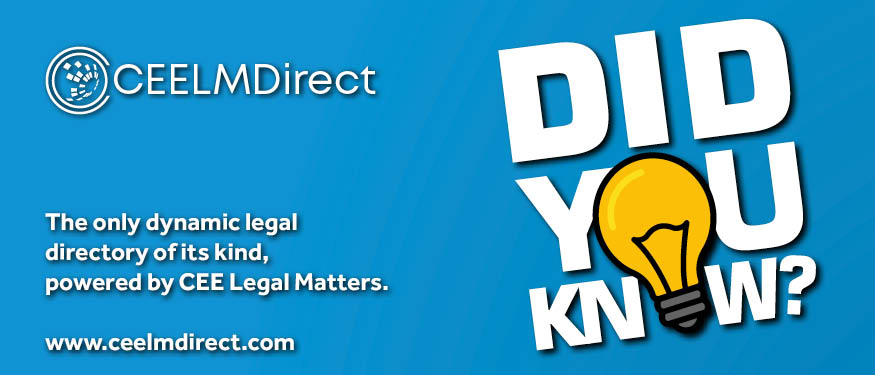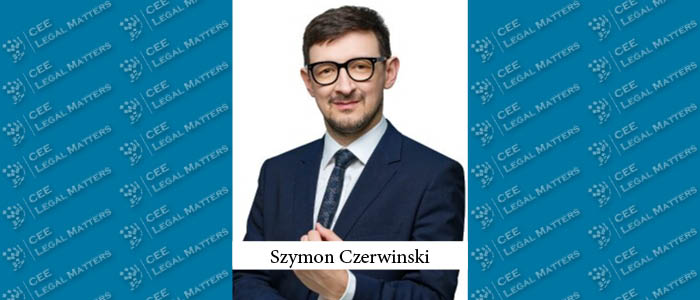In 2015-2016 almost all energy related trends are driven by the Ukrainian government’s efforts to bring its legislation into compliance with the Third Energy Package, which the country is required to do as a member of the European Energy Community. Indeed, Ukraine is in the process of a large-scale reform of its energy sector.
Implementation of the Gas Market Law
In April 2015 the Ukrainian Parliament adopted the new Gas Market Law, which is a significant step for Ukraine in reforming its gas sector and making it compliant with the Third Energy Package. Although the law became effective on October 1, 2015, full implementation of the Gas Market Law is still pending. Adoption of the law triggered the development of a significant amount of secondary gas legislation, including the GTS Code, Gas Distribution System Code, and Gas Storages Code, all of which came into effect on January 1, 2016. Adoption of the Gas Market Law opened the market to many new participants both from abroad and within Ukraine.
As part of the Gas Market Law’s implementation, Ukraine is required to unbundle its NAK Naftogaz of Ukraine (“Naftogaz”) monopoly. On July 1, 2016, the Cabinet of Ministers of Ukraine (the CMU) approved a comprehensive plan for Naftogaz restructuring, which was developed based on consultations with the Secretariat of the Energy Community. According to this plan, by October 1, 2016, the CMU should establish the separate public JSC (joint stock company) Main Gas Pipelines of Ukraine (to be 100% owned by the State and managed by the Ministry of Energy), which eventually will function as the TSO (transmission system operator). The unbundling of Naftogaz has been delayed due to arbitrations between Naftogaz and Gazprom. Until these disputes are resolved the GTS will remain under the operation of Public JSC Ukrtransgas (established by Naftogaz).
The Political Situation in Ukraine Impacts the Country’s Gas Market
As a result of the political situation, Ukraine is trying to diversify its natural gas supply channels, and the country has managed to significantly increase its supply from other European countries. According to the data provided by Naftogaz, in 2013 Ukraine imported 92% of its gas from Russia, in 2014 74%, and in the first quarter of 2015 Ukraine imported 39% from Russia and 61% from the EU. In 2016 Ukraine is not importing gas from Russia at all. To change this trend Gazprom recently has been trying to offer Ukraine cheaper prices for gas than the rest of Europe.
Independent Regulator
Ukraine as a member of the European Energy Community needs to harmonize the powers and strengthen the independence of its energy regulator. The Ukrainian regulator – the Ministry of Energy – and the Secretariat of the European Energy Community jointly developed a draft law on the regulator, which is compliant with the Third Energy Package. There have been several failed attempts to adopt this draft law. Adoption of new legislation, which would strengthen the status of the regulator, is imperative for the purposes of liberalizing the electricity and gas markets in Ukraine, and the Parliament should focus on this initiative.
Liberalization of Electricity Market
Ukraine’s electricity market is functioning on the basis of the single-buyer model. Transition to a full-fledged liberalized electricity market is expected by mid 2017. However, the effective legislation is not fully compliant with EU rules. The Ministry of Energy, working together with the Secretariat of the Energy Community, prepared a draft Law on Electricity Market of Ukraine, which has been submitted to the Parliament and is expected to be adopted in 2016. Although the draft law is compliant with the Third Energy Package, some of its provisions are difficult to implement in Ukraine due to specifics of the country’s electricity market – in particular provisions on compensation of imbalances for solar- and wind-energy generation companies. Moreover, the draft law does not stipulate a clear mechanism for compensation of a “green” tariff.
Increase of Energy Prices
In 2015-2016, under pressure from international financial institutions, Ukraine significantly increased utility costs for its population and made efforts to raise prices for energy resources to a market level. After increasing energy prices, the government changed the system of subsidies, which envisages that instead of going to Naftogaz they are paid directly to the population.


























